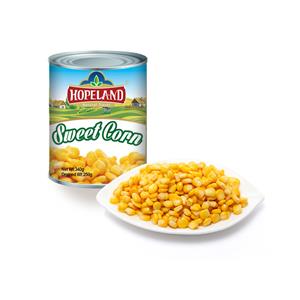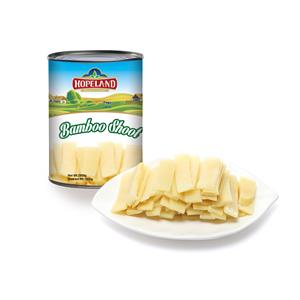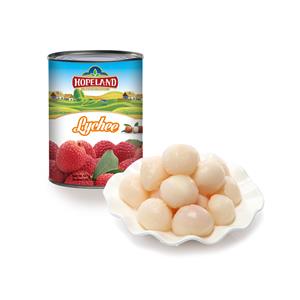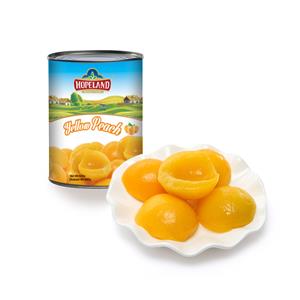How to Cook Peas from a Can?
· A detailed introduction (history, nutrition, convenience).
· Step-by-step instructions with multiple cooking methods.
· Variations (flavor profiles from different cuisines).
· Recipe ideas using canned peas.
· Storage, reheating, and troubleshooting tips.
· A conclusion that wraps it all up.
Canned peas are one of those humble pantry staples that often get overlooked. Many people buy them for emergencies or quick meals, but they don’t always know how to make the most of them. Yet, with the right approach, canned peas can be transformed into a flavorful, nutritious, and versatile ingredient that fits into everyday cooking as well as special dishes.
In this guide, we’ll explore everything you need to know about cooking peas from a can. From understanding what makes them unique to learning different cooking techniques, seasoning combinations, and recipes, you’ll discover how a simple can of peas can turn into something delightful on your plate.

Why Choose Canned Peas?
Before jumping into the cooking methods, it’s worth understanding why canned peas deserve a spot in your kitchen.
1. Convenience
Unlike fresh peas, which need to be shelled and cooked, or frozen peas, which require freezer space and defrosting, canned peas are ready to use. Just open the can, and you have a vegetable side dish or ingredient on hand.
2. Year-Round Availability
Peas are a seasonal crop when fresh, usually harvested in spring and early summer. Canned peas eliminate this limitation, allowing you to enjoy them at any time of the year.
3. Nutritional Value
Peas are naturally rich in fiber, plant-based protein, vitamins C and K, and minerals such as iron and magnesium. While the canning process slightly reduces some water-soluble vitamins, canned peas still retain a majority of their nutrients, making them a healthy choice.
4. Budget-Friendly
Canned vegetables are generally affordable, especially when compared with out-of-season fresh produce. For families on a budget, peas in a can provide a nutritious option without breaking the bank.
5. Versatility
Canned peas can be used in countless recipes: soups, salads, casseroles, stir-fries, pasta dishes, or simply as a quick side dish. Their mild sweetness and soft texture make them easy to adapt to various cuisines.
Step 1: Preparing Canned Peas
When you open a can of peas, you’ll notice they’re packed in liquid. This liquid is usually a brine made with water, salt, and sometimes sugar. While it helps preserve the peas, it also affects flavor and sodium levels.
Drain for less salt: Pour peas into a strainer or colander and rinse with cool water. This reduces sodium and gives you a fresher flavor.
Keep the liquid for richness: Some cooks prefer using the canning liquid, especially when making soups or stews, as it adds depth.
Step 2: How to Cook Canned Peas
Even though canned peas are pre-cooked during the canning process, warming them enhances flavor and texture. There are multiple methods to do this:
1. Stovetop Method (Classic and Simple)
Drain peas (or keep liquid if desired).
Place them in a saucepan with a small amount of butter or oil.
Add a splash of water, broth, or the reserved canning liquid.
Heat on medium for 5–7 minutes, stirring occasionally.
Season with salt, pepper, and herbs.
This method is great for controlling flavor and allows for easy customization.
2. Microwave Method (Fastest Option)
Place drained peas in a microwave-safe bowl.
Add a teaspoon of butter or olive oil.
Cover with a plate or lid.
Heat for 1–2 minutes, stir, then heat another 1–2 minutes until warm.
Season to taste.
Perfect when you need a side dish in under 5 minutes.
3. Skillet Sauté (Adds Flavor and Texture)
Heat a tablespoon of butter or oil in a skillet.
Add onions, garlic, or even diced bacon for flavor.
Stir in peas and cook for about 5 minutes.
Season with salt, pepper, and herbs.
This method caramelizes aromatics, giving the peas a savory boost.
4. Steamed with Other Vegetables
Place peas in a steamer basket with carrots, corn, or green beans.
Steam for 5 minutes until heated through.
Add butter and fresh herbs.
This method works well if you’re preparing a mixed vegetable medley.
5. Oven-Baked Peas (for Casseroles)
Drain peas and mix them into a casserole or baked pasta dish.
Bake according to recipe instructions.
The peas absorb flavors while keeping their tenderness.
Great for shepherd’s pie, chicken pot pie, or baked pasta.

Step 3: Seasoning Canned Peas
Since canned peas are mild, seasoning makes all the difference. Here are ideas to suit different tastes:
Classic Flavors
Butter, salt, and black pepper.
Garlic powder or onion powder.
Fresh parsley or dill.
Rich & Comforting
Stir in cream or sour cream.
Add shredded cheese (Parmesan, cheddar).
Toss with crispy bacon bits.
Bright & Fresh
Lemon juice and zest.
Fresh mint or basil.
A pinch of chili flakes for heat.
International Twists
Indian style: Add curry powder, cumin, and ginger.
Italian style: Toss with olive oil, garlic, and oregano.
Asian style: Stir in soy sauce, sesame oil, and green onions.
Mexican style: Mix with corn, lime juice, and cilantro.
Step 4: Recipes Using Canned Peas
Peas don’t need to stand alone—they shine in recipes. Here are some ideas:
1. Creamy Pea Soup
Blend peas with sautéed onions, garlic, broth, and cream. Season with nutmeg and pepper for a smooth, comforting soup.
2. Pea and Rice Pilaf
Add peas to rice cooked with onions and broth. A simple yet colorful side dish.
3. Pasta Primavera
Toss peas with pasta, olive oil, sautéed vegetables, and Parmesan.
4. Shepherd’s Pie
Mix peas into the filling of ground meat, carrots, and gravy, then top with mashed potatoes.
5. Chicken Pot Pie
Canned peas are a classic ingredient in pot pies, balancing the richness with their sweetness.
6. Pea Salad
Combine peas with diced onions, cheese, mayonnaise, and a little vinegar for a retro-style side dish.
7. Peas and Eggs Scramble
Add peas to scrambled eggs or omelets for extra texture and color.
Step 5: Storage and Leftovers
In the fridge: Store cooked peas in an airtight container for up to 3 days.
In the freezer: Canned peas don’t refreeze well once opened, so it’s best to use them fresh.
Reheating: Warm gently on the stovetop or in the microwave. Avoid overheating, which makes them mushy.
Troubleshooting Common Problems
Peas are mushy: This usually happens from overcooking. Remember, they’re already cooked—just heat gently.
Peas taste bland: Add herbs, butter, broth, or spices to enhance flavor.
Too salty: Drain and rinse peas before cooking to reduce sodium.
Peas lost color: A squeeze of lemon juice can brighten their green color.
Nutritional Benefits of Canned Peas
Even though they’re canned, peas still offer important nutrients:
Fiber: Supports digestion and keeps you full longer.
Plant Protein: A good protein source for vegetarians and vegans.
Iron: Essential for energy and blood health.
Vitamin K: Supports bone strength.
Vitamin C: Helps immune function (though less in canned peas than fresh).
When paired with whole grains or lean proteins, canned peas can form part of a balanced, nutrient-rich meal.
Tips for Elevating Your Pea Dishes
Mix with fresh herbs for a burst of flavor.
Add a splash of acid (vinegar, lemon juice) to balance richness.
Pair with proteins like chicken, fish, or tofu for a full meal.
Blend into dips or spreads with cream cheese or yogurt.
Garnish with nuts or seeds for texture.
Conclusion
Cooking peas from a can is simple, but it’s also an opportunity for creativity. Whether you just want a quick buttery side dish or you’re looking to elevate your recipes with international flavors, canned peas offer endless versatility. By draining, gently reheating, seasoning thoughtfully, and experimenting with recipes, you can turn this budget-friendly ingredient into something truly delicious.
So next time you see a can of peas sitting in your pantry, don’t think of it as plain or boring. Instead, think of it as a blank canvas waiting for your culinary touch. With a few easy steps, you’ll have a dish that’s nourishing, comforting, and satisfying for any occasion.




